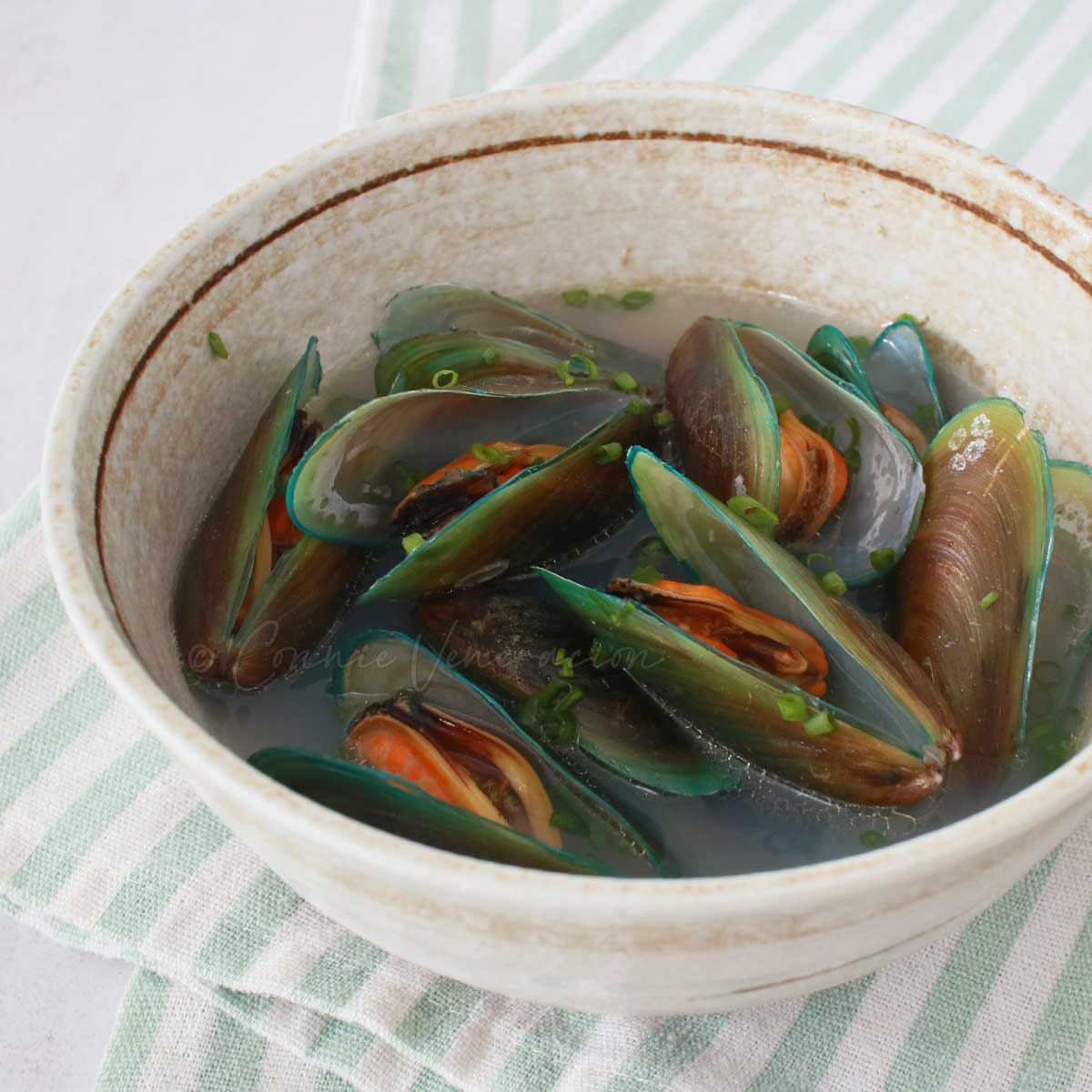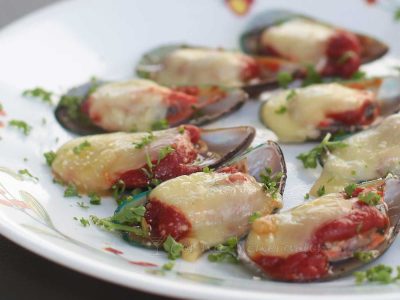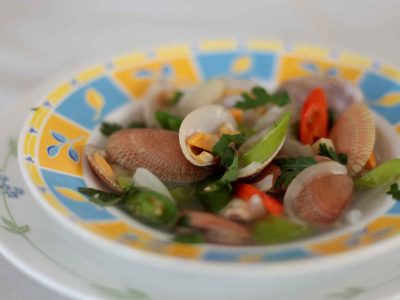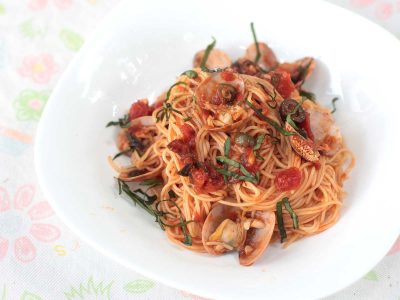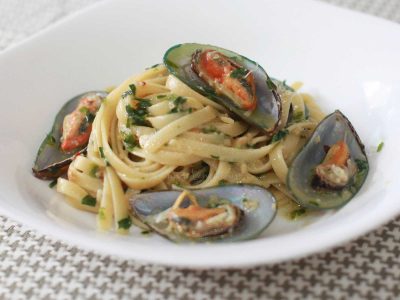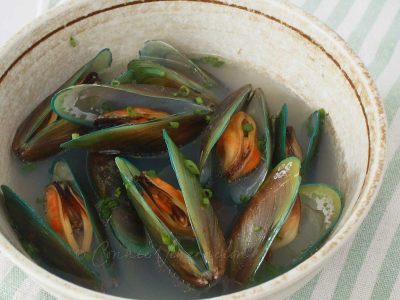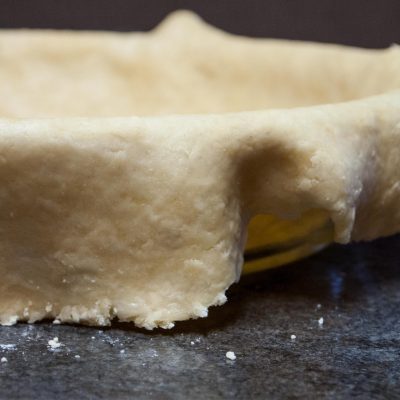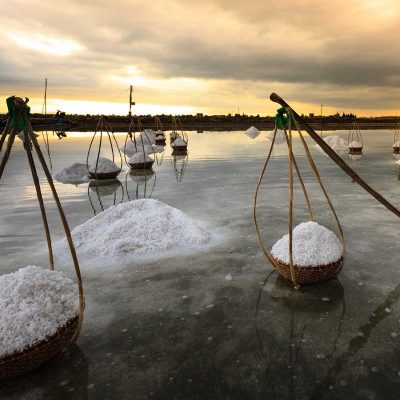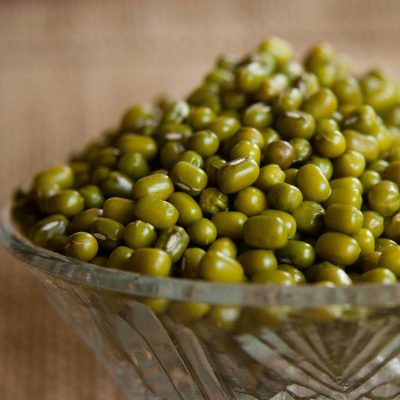Shellfish are lovely little things. I am allergic to crustaceans but bivalve molluscs and I get together very well. I love oysters. Oh, how I love oysters! And, next to oysters, mussels and clams, and the occasional scallops when available and affordable.
Oysters are simple to clean. Just scrub and rinse the shells, pry them open and enjoy. Some people cringe at my habit of eating oysters almost raw — I just pour boiling water over them, strain them and eat them — but that’s really the best way to enjoy oysters with the natural salinity.
Mussels — and clams, more so because they are “burrowers” in sediment — are not as simple to clean.
First, they need to be scrubbed and rinsed
Do this with several changes of water to remove whatever dirt is embedded in the shells.
Then, they need to be soaked in clean water to expel sand, grit and other impurities that are trapped inside the shells. This step can take anywhere from half an hour to a couple of hours. For best results, change the water several times during soaking.
A reader once commented that her mother soaks mussels with vinegar at room temperature because the mussels will die in the fridge. I am aware that refrigeration is not available in some rural areas (some places in the Philippines don’t even have electricity) and, in those circumstances, there really is not much choice but to soak the mussels at room temperature.
Soak the molluscs in the fridge
In soaking the mussels (and clams or any mollusc, for that matter), the shellfish are being made to “breathe” in order to filter out the impurities. And to make them breathe, and keep on breathing to repeat and re-repeat the filtering process, they have to be in an environment that is as close to their natural habitat as possible.
The temperature under the sea (or lakes or bays in the case of freshwater molluscs) is not the same as room temperature in a tropical country, especially during summer. It is much cooler underwater.
At room temperature, the heat and humidity will make any shellfish spoil fast. That should explain why ice is added to those large basins in which the shellfish are transported from the fish port to the markets. The cold keeps them fresh longer.
Why change the water several times during soaking?
Because as the molluscs “breathe” and expel dirt, the dirt goes into the water. If you don’t change the water, they will “breathe in” the dirt in the water and the soaking-to-clean-the-shellfish process becomes useless.
Should you add vinegar to the soaking water?
Seriously, vinegar will change the texture of the mussel meat (just remember how acid turns fish opaque when making kilawin, the local name for ceviche) and the mussel meat will absorb the acidic taste of the vinegar.
Should you add salt to the soaking water?
Salt will enhance the “natural habitat” reproduction in the case of saltwater molluscs, won’t it? Salt is also a good preservative. From those perspectives, adding salt to the soaking water makes sense.
The downside is that the meat of the molluscs will absorb the extra salt. If you think you can offset that absorption by using minimal salt during cooking, then, go ahead and add salt to the soaking water.

